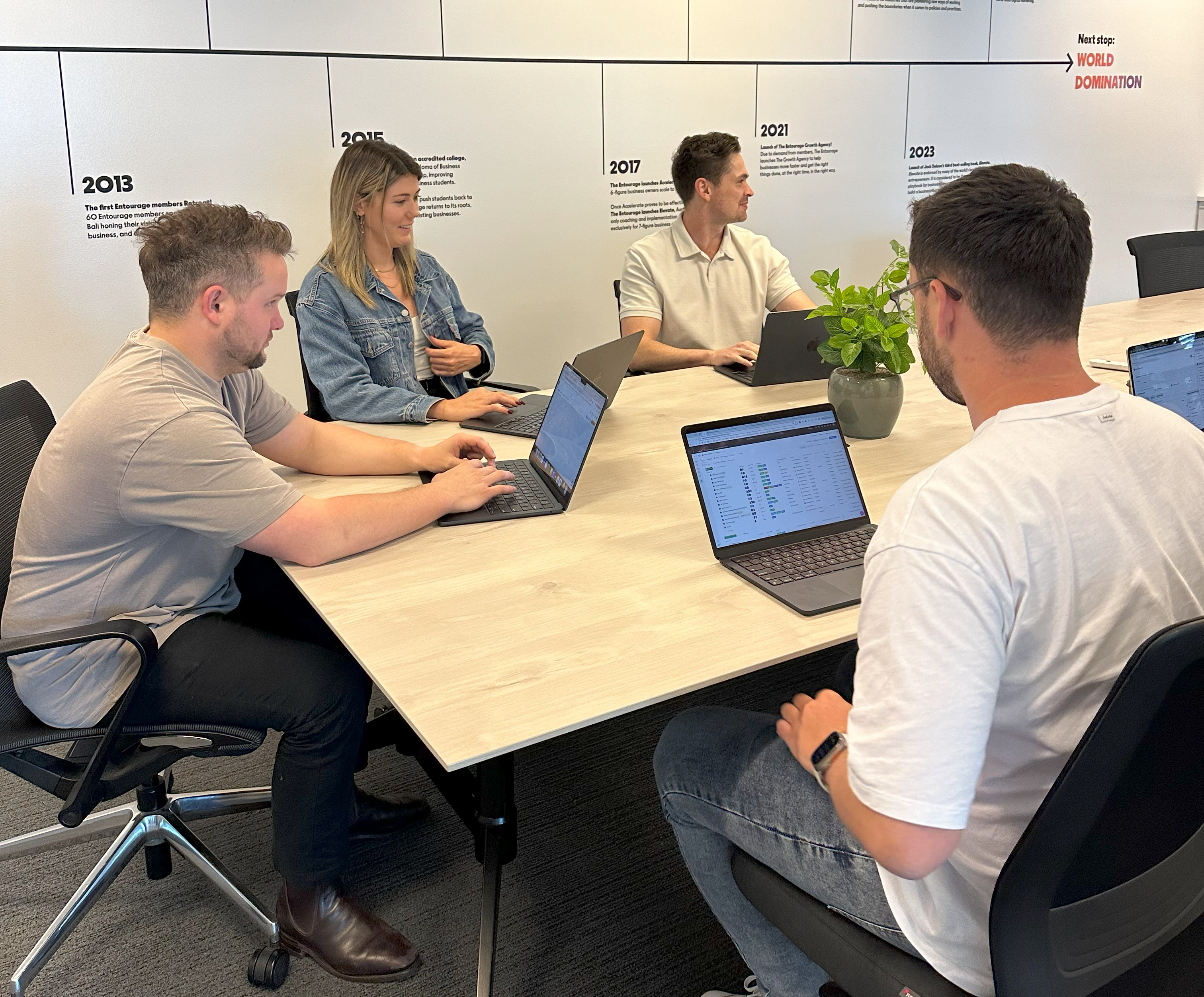Artificial intelligence continues to transform industries, driving innovation, efficiency, and smarter decision-making. With the integration of AI into everything from healthcare diagnostics to financial modeling and supply chain logistics, it has become a lucrative target for cyber threats. As AI systems grow in complexity and autonomy, they require equally sophisticated defenses to remain secure, trustworthy, and resilient against attacks.
Cybercriminals now aim not just to breach databases but to manipulate machine learning algorithms, inject poisoned training data, or exploit weaknesses in API interfaces. Building robust cybersecurity into AI systems is not optional, it’s crucial. Strengthening these systems requires a proactive, multilayered strategy tailored to the unique characteristics of AI infrastructure.
Iameg Source: https://www.pexels.com/photo/person-holding-apple-magic-mouse-392018/
Conduct Thorough Security Assessments for AI Infrastructure
Securing an AI system starts with understanding its vulnerabilities. Traditional penetration tests are not enough when the targets include neural networks, data lakes, and dynamic learning models. To address this, organizations should invest in comprehensive AI system security audits that go beyond surface-level analysis. These audits evaluate the integrity of training data, model accuracy under adversarial conditions, and the safety of data pipelines.
They assess user access points, such as APIs, and test for weaknesses in authentication, input validation, and data encryption. Red-teaming approaches can simulate attacks on AI systems to uncover hidden flaws that might otherwise go unnoticed.
By identifying security gaps before threat actors do, these audits serve as a critical line of defense. They help organizations remain compliant with increasingly strict data protection laws and AI governance standards emerging around the world.
Secure Training Data and Model Inputs
AI models are only as reliable as the data they’re trained on. That makes data poisoning one of the most insidious and hard-to-detect cyber threats in AI. In this attack, malicious actors insert misleading or corrupted data into a model’s training dataset, subtly influencing future predictions or causing targeted failures.
To guard against this, organizations must establish strict controls over how training data is sourced, validated, and stored. Version-controlled data repositories, integrity checks, and human oversight are all important in ensuring that data is accurate and representative.
Model inputs should be continuously monitored for anomalies that might suggest adversarial attacks. Robust input sanitization and real-time filtering systems can help detect and neutralize suspicious payloads before they reach the core model.
Protect Model Architecture and Intellectual Property
Beyond corrupting data, attackers may attempt to steal or reverse-engineer AI models for commercial gain or to launch more precise attacks. Model extraction attacks use repeated API queries to reconstruct a model’s logic, while membership inference attacks can reveal whether specific data points were part of the training set, posing a threat to privacy.
To mitigate these risks, organizations should implement rate-limiting, request monitoring, and query obfuscation techniques on public-facing AI services. Encryption of model weights and the use of secure enclaves for processing sensitive tasks can further limit exposure. In high-security environments, differential privacy can be introduced to prevent the model from leaking individual data patterns.
Keeping AI models proprietary and secure protects intellectual property and prevents malicious reuse in areas like deepfakes, fraud, or misinformation campaigns.
Build Resilience Against Adversarial Machine Learning
Adversarial machine learning (AML) exploits weaknesses in how models interpret input data. By introducing subtle, engineered perturbations, often invisible to humans, attackers can trick models into making incorrect predictions or classifications. In critical applications like autonomous driving or biometric authentication, such manipulation can have serious consequences.
To counteract AML, developers must incorporate adversarial training techniques, where models are trained on both legitimate and adversarial examples to improve robustness. Model ensembles (multiple models working in parallel) and randomized defense mechanisms can make it harder for attackers to predict system behavior.
Regularly testing model performance under simulated attack conditions and staying informed about new adversarial methods is vital. As AML techniques evolve, so must defensive strategies.
Enforce Strong Governance and Access Controls
Like any enterprise technology, AI systems benefit from rigorous governance structures. Access to models, datasets, and associated tools should be governed by role-based controls and regularly reviewed. Logging and audit trails should capture every interaction with AI resources, mainly those involving model deployment or data updates.
Organizations should define clear protocols for updating models, patching vulnerabilities, and decommissioning outdated AI assets. These workflows need to be transparent, documented, and subjected to compliance checks, particularly in regulated industries like finance, healthcare, and defense.
When multiple teams contribute to the development and management of AI systems, collaboration must be paired with accountability. Clear boundaries and automated approval chains can help reduce accidental exposure and insider threats.
Educate Developers and Users on AI-Specific Threats
Human error remains a persistent weakness in cybersecurity. Many developers are not fully trained in AI-specific risks, while business leaders may underestimate the security implications of deploying AI solutions at scale.
Education and upskilling must be an ongoing effort. Developers should be familiar with common AI attack vectors, secure coding practices, and emerging defensive techniques. Meanwhile, business stakeholders should understand the value of security investments and how cyber risk affects AI reliability and business continuity.
Image Source: https://unsplash.com/photos/silver-laptop-computer-on-black-table-WB3ujiKLJwQ
AI systems hold tremendous potential, but they introduce new and evolving cyber risks. From data poisoning to adversarial inputs, attackers are finding innovative ways to exploit machine learning environments. The good news is that many of these threats can be mitigated with a proactive approach centered on secure design, thorough assessments, and ongoing vigilance.
Related Categories
Ryan Terrey
As Director of Marketing at The Entourage, Ryan Terrey is primarily focused on driving growth for companies through lead generation strategies. With a strong background in SEO/SEM, PPC and CRO from working in Sympli and InfoTrack, Ryan not only helps The Entourage brand grow and reach our target audience through campaigns that are creative, insightful and analytically driven, but also that of our 6, 7 and 8 figure members' audiences too.





